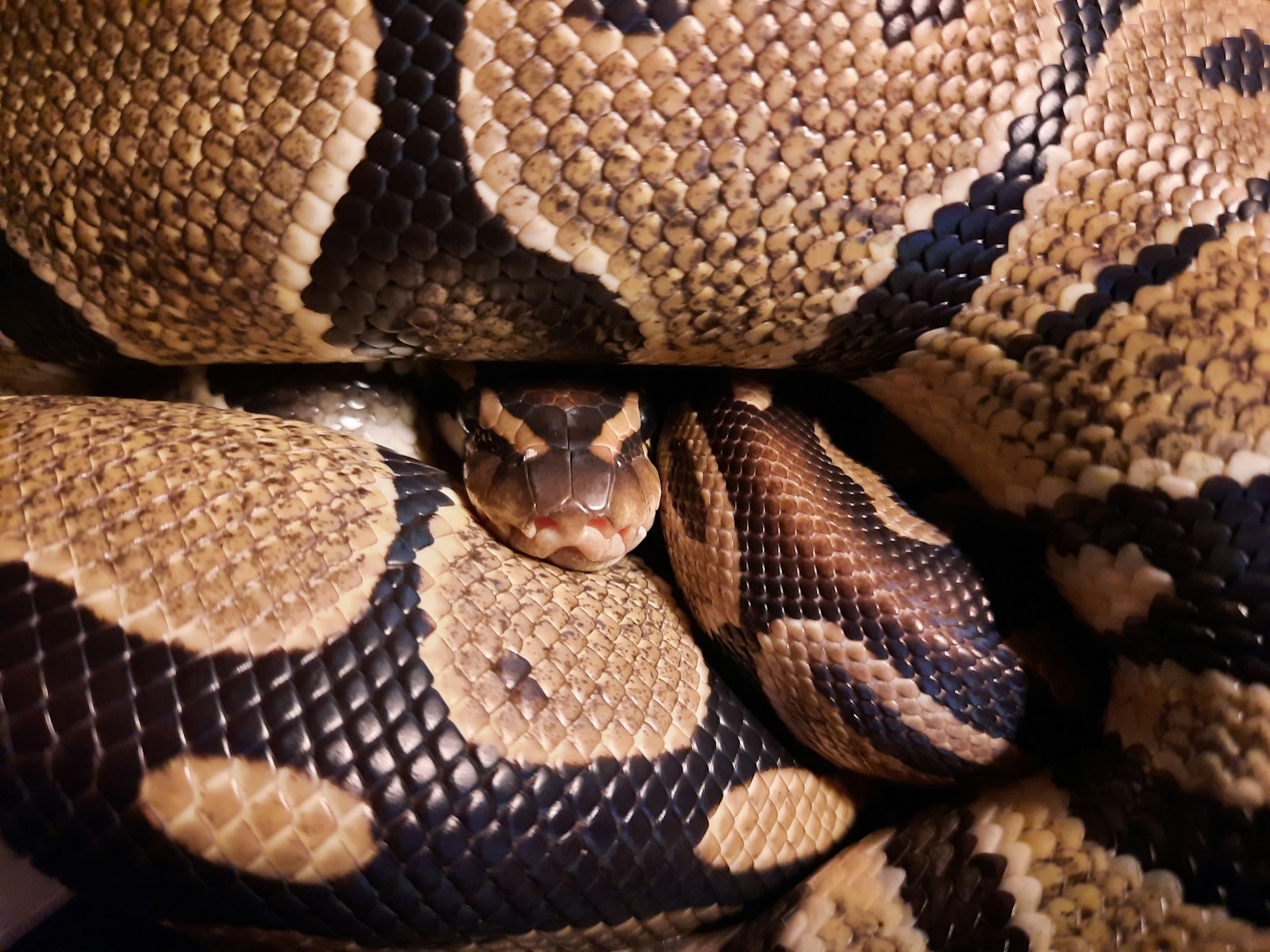In the sweltering heat of summer, animals employ various strategies to regulate their body temperature. While most reptiles seek shade or water to escape the sun’s intensity, one remarkable snake has developed an unusual and fascinating method: covering itself in mud. The Australian water python (Liasis fuscus) has perfected this distinctive cooling technique, allowing it to thrive in some of Australia’s harshest environments. This behavior, relatively rare among snakes, represents a remarkable adaptation that showcases the incredible ingenuity of nature’s evolutionary processes. Let’s explore this fascinating reptile and its unique cooling strategy that helps it survive extreme heat.
Meet the Australian Water Python
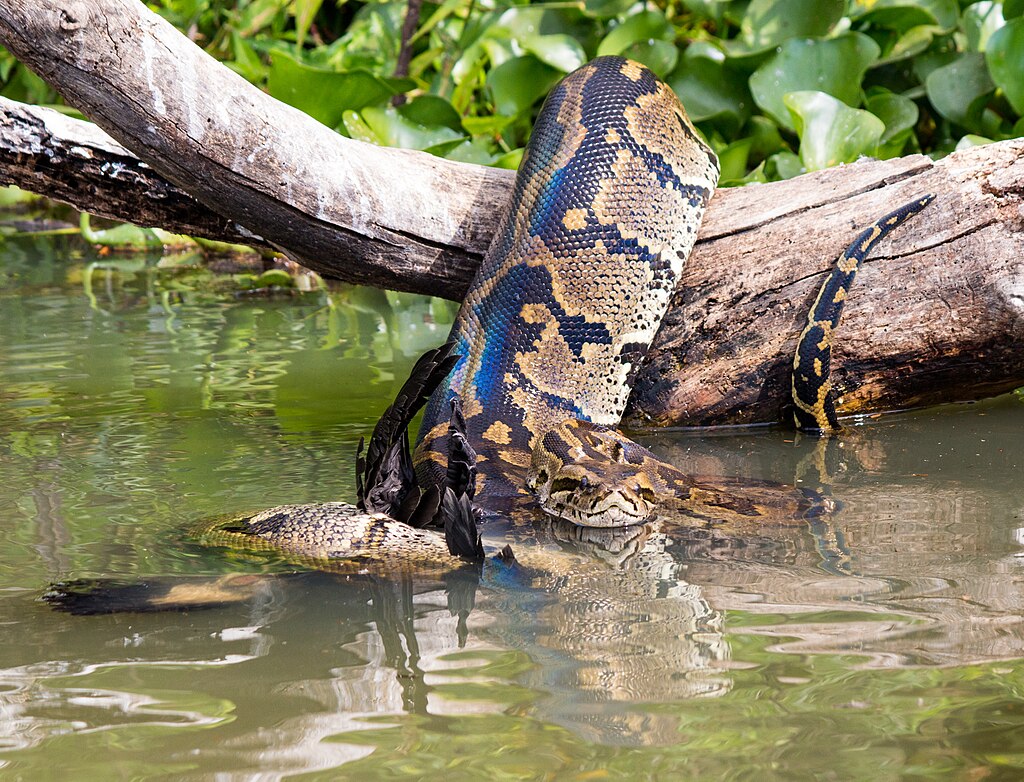
The Australian water python (Liasis fuscus) is a non-venomous snake native to the tropical northern regions of Australia. Growing to an average length of 5-8 feet, these semi-aquatic pythons are characterized by their olive to dark brown coloration, which provides excellent camouflage in their wetland habitats. Water pythons are primarily nocturnal hunters, feeding on a diet consisting mainly of rats, birds, and other small mammals that they ambush near water sources. What makes these pythons particularly interesting to scientists is their remarkable adaptability to extreme environmental conditions, especially their ability to survive in areas that experience both intense wet seasons and scorching dry periods.
The Challenges of Australian Heat
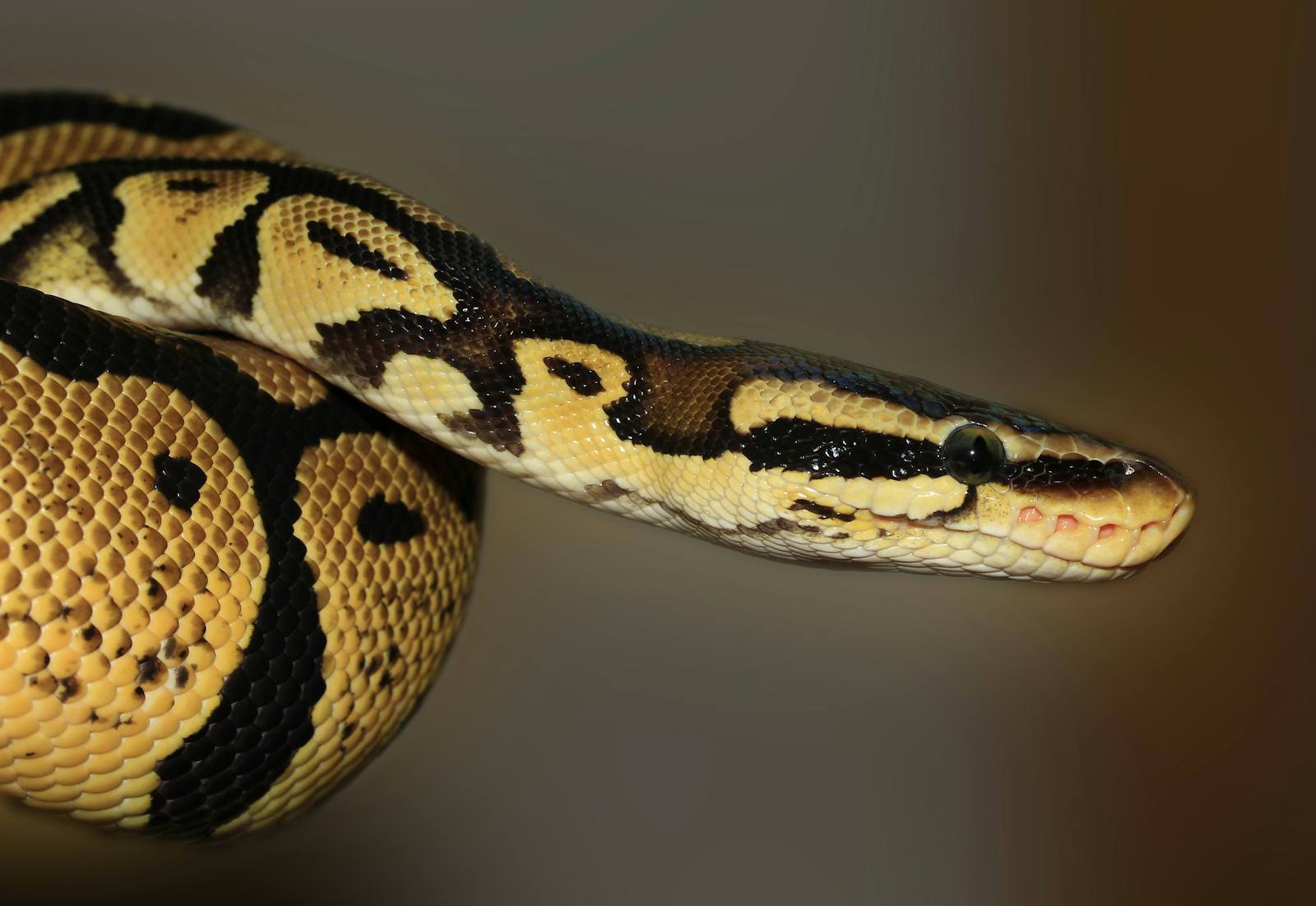
Northern Australia presents a particularly challenging environment for cold-blooded creatures like snakes. During summer months, temperatures can soar well above 100°F (38°C), creating potentially life-threatening conditions for reptiles that lack internal temperature regulation mechanisms. Unlike mammals, snakes cannot sweat or pant effectively to cool themselves, making them vulnerable to overheating. This risk is especially pronounced in open wetland areas where water pythons hunt, as these locations offer limited shade and can become extremely hot during daylight hours. In such environments, body temperatures exceeding 106°F (41°C) can prove fatal for reptiles, forcing them to develop specialized behavioral adaptations for survival.
The Mud-Bathing Behavior
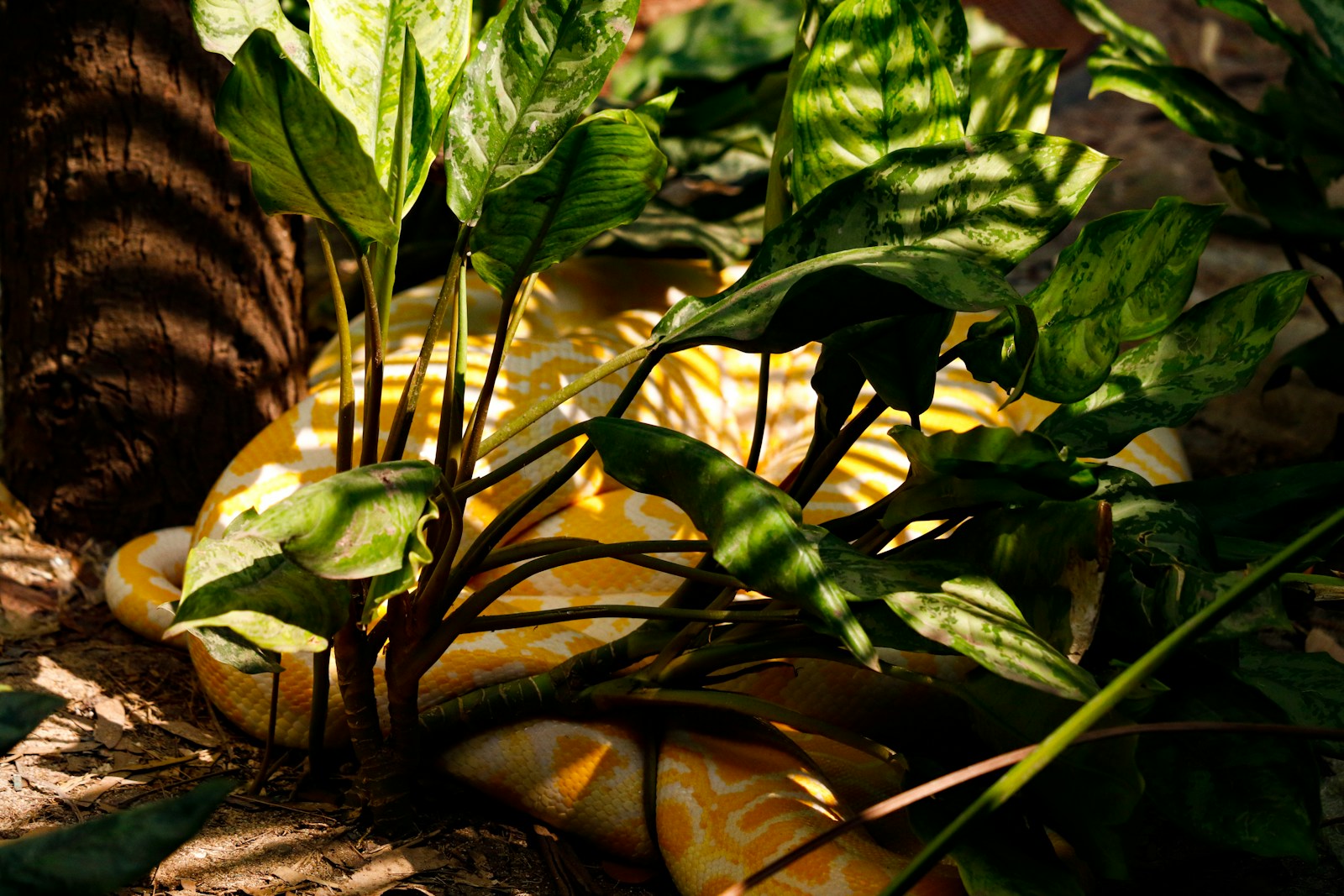
The water python’s most remarkable adaptation is its deliberate use of mud as a cooling mechanism. When temperatures rise to dangerous levels, these resourceful reptiles seek out muddy areas along riverbanks or in dried-up wetlands. They proceed to submerge themselves partially or completely in the wet mud, creating a protective coating over their scales. This behavior was first documented scientifically in the 1990s by herpetologists studying python populations in Kakadu National Park, though Aboriginal knowledge of this behavior predates formal scientific observation by thousands of years. Researchers have observed that this mud-bathing behavior increases significantly during the hottest months of the year, providing compelling evidence that it serves primarily as a thermoregulation strategy.
How Mud Cooling Works

The cooling effect of mud on a snake’s body relies on the principle of evaporative cooling, similar to how sweat works in mammals. As the water in the mud gradually evaporates from the snake’s body surface, it draws heat away from the reptile, effectively lowering its body temperature. This evaporative process can reduce a water python’s body temperature by as much as 10°F (5.5°C), which can mean the difference between life and death during extreme heat waves. Additionally, the physical barrier created by the mud layer provides insulation against direct solar radiation, further protecting the snake from heat absorption. The mud’s thermal properties also help maintain a more stable temperature, acting as a buffer against rapid temperature fluctuations that occur throughout the day.
Scientific Research and Observations

Research conducted by Australian herpetologists has provided fascinating insights into the water python’s mud-cooling behavior. Studies involving thermal imaging cameras have documented how pythons with mud coatings maintain significantly lower body temperatures compared to clean specimens in identical environmental conditions. In one notable study published in the Journal of Thermal Biology, researchers recorded temperature differences of up to 9°F (5°C) between mud-covered and clean snakes exposed to the same ambient heat. Further investigations have revealed that water pythons appear to apply mud strategically to body regions with the highest blood flow, maximizing the cooling effect. These findings suggest that the mud application is not random but represents a sophisticated behavioral adaptation refined through evolutionary processes.
Seasonal Variations in Mud-Bathing
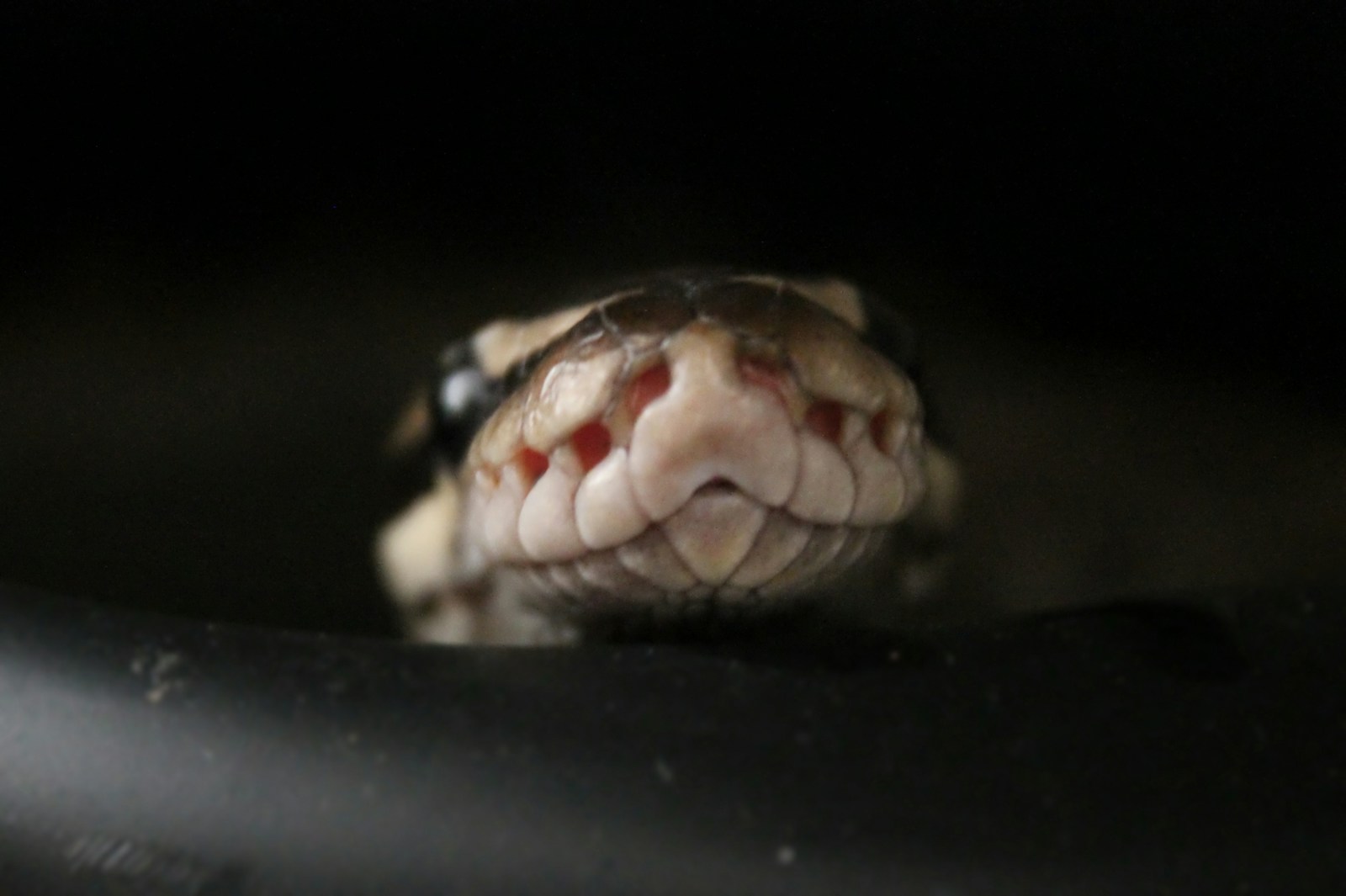
The frequency of mud-bathing behavior in water pythons follows a distinct seasonal pattern that correlates directly with environmental temperatures. During the cooler dry season (May to October), the behavior is rarely observed as the snakes have little need for additional cooling mechanisms. However, as temperatures begin to climb during the build-up to the wet season (October to December), instances of mud-bathing increase dramatically among monitored python populations. By the peak of the hot season (December to March), researchers have documented some individuals engaging in mud-bathing behavior multiple times daily, particularly during the hottest afternoon hours. This seasonal variation provides strong evidence that the primary function of the behavior is thermoregulation rather than other potential benefits such as parasite removal or camouflage.
Additional Benefits of Mud Coating
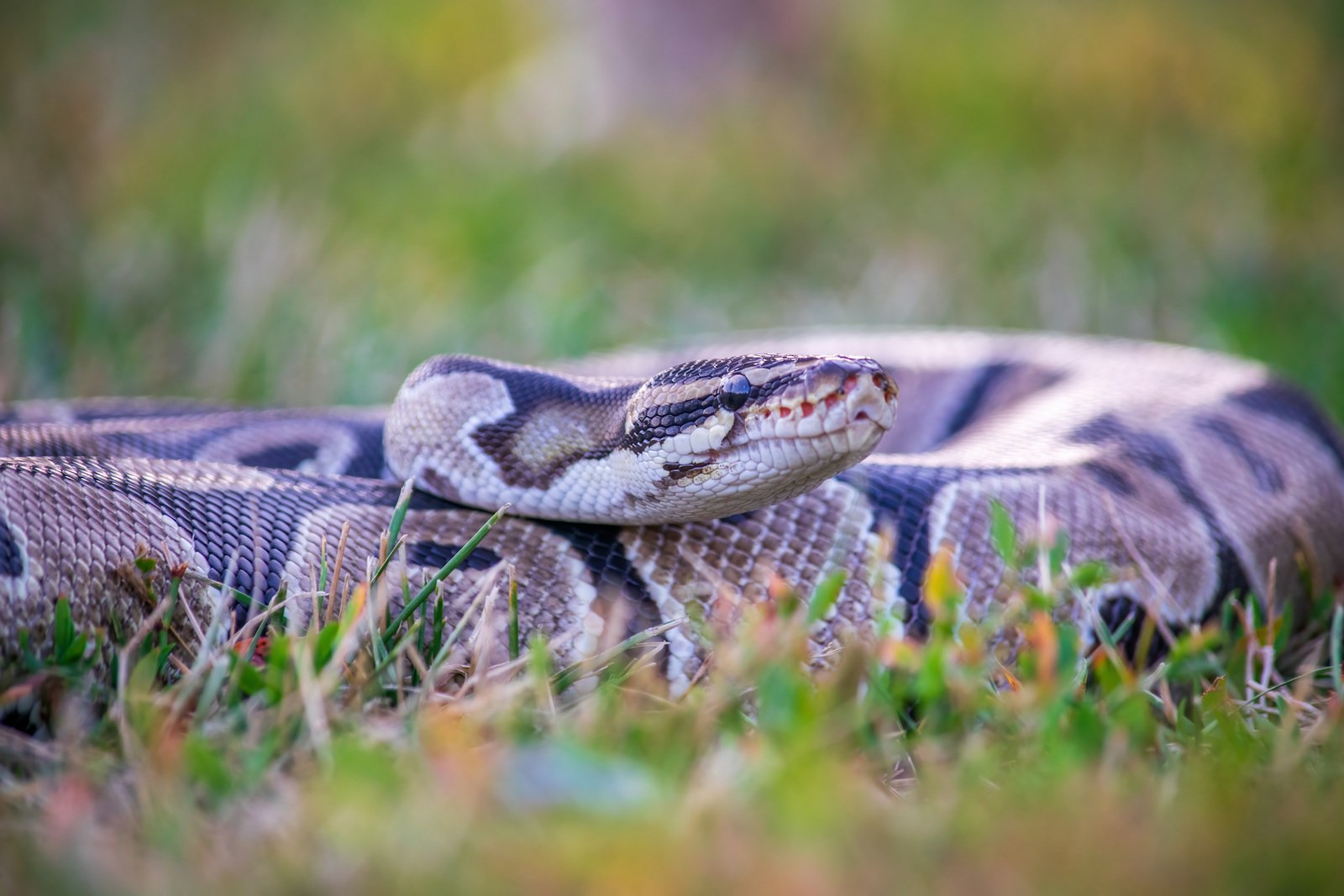
While thermoregulation appears to be the primary function of mud-bathing, this behavior likely confers several secondary benefits to water pythons. The mud layer may provide additional camouflage, helping the snakes blend into their environment and avoid detection by both predators and prey. Some research suggests that the mineral components in certain mud types may help deter parasites and bacteria, potentially serving as a form of natural protection against skin infections and ectoparasites. The protective coating may also reduce water loss through the skin, helping pythons maintain hydration during dry periods. These multiple benefits illustrate how evolutionary adaptations often serve multiple purposes simultaneously, increasing their overall value to the species.
Comparison to Other Reptile Cooling Strategies
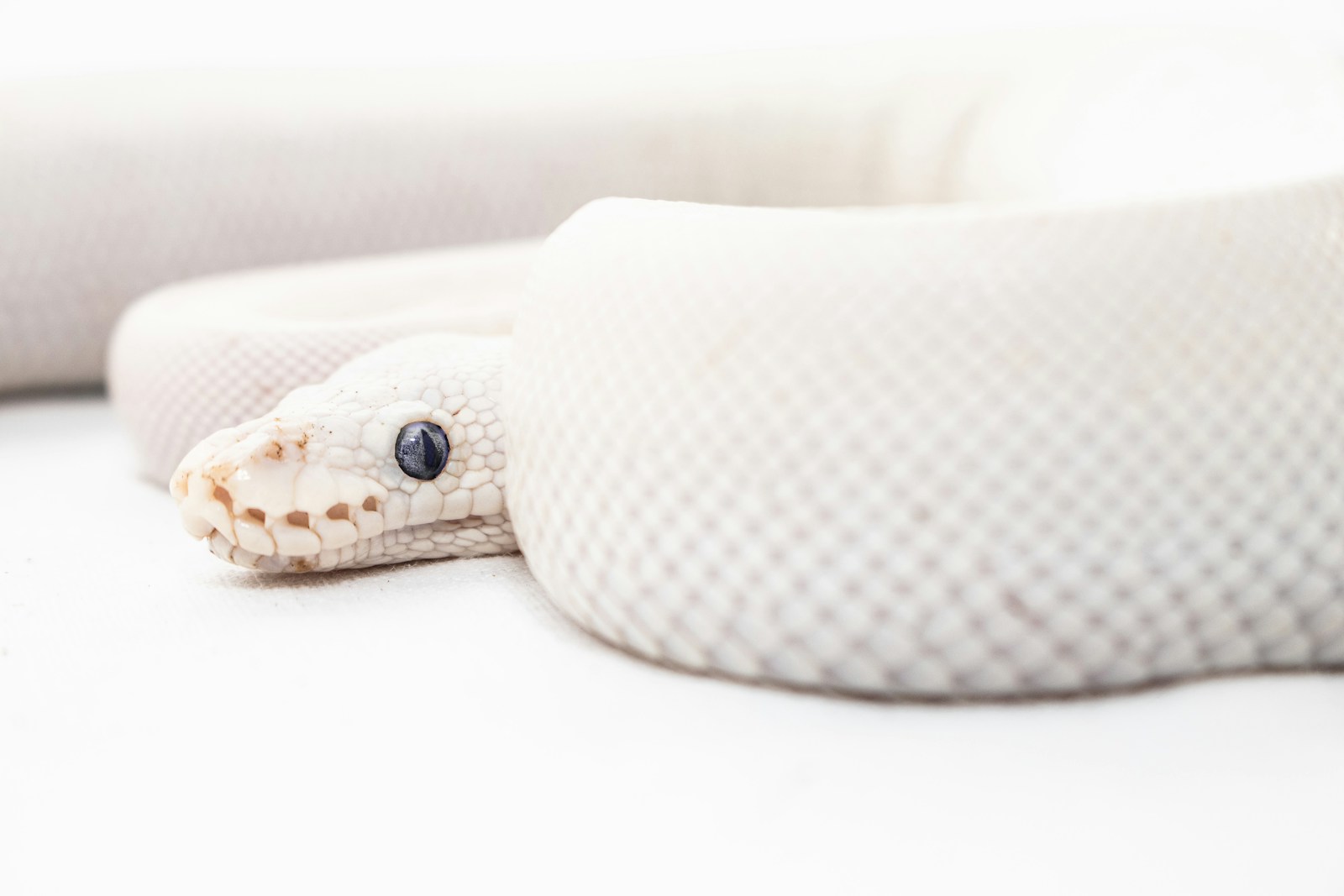
The water python’s mud-cooling technique represents just one of many fascinating thermoregulation strategies employed by reptiles worldwide. Many lizard species practice a behavior called “shuttling,” moving between sun and shade to maintain optimal body temperature, while certain desert snakes burrow beneath the sand during hot periods. Marine iguanas of the Galapagos Islands dive into cool ocean waters when body temperatures rise too high, and some desert tortoises excavate deep burrows to escape surface heat. Among snakes specifically, the water python’s deliberate use of mud for cooling appears relatively uncommon, with most snake species relying primarily on seeking shade or water bodies for thermoregulation. This relatively rare adaptation highlights the unique evolutionary path taken by water pythons in response to their specific environmental challenges.
Habitat Loss and Climate Concerns
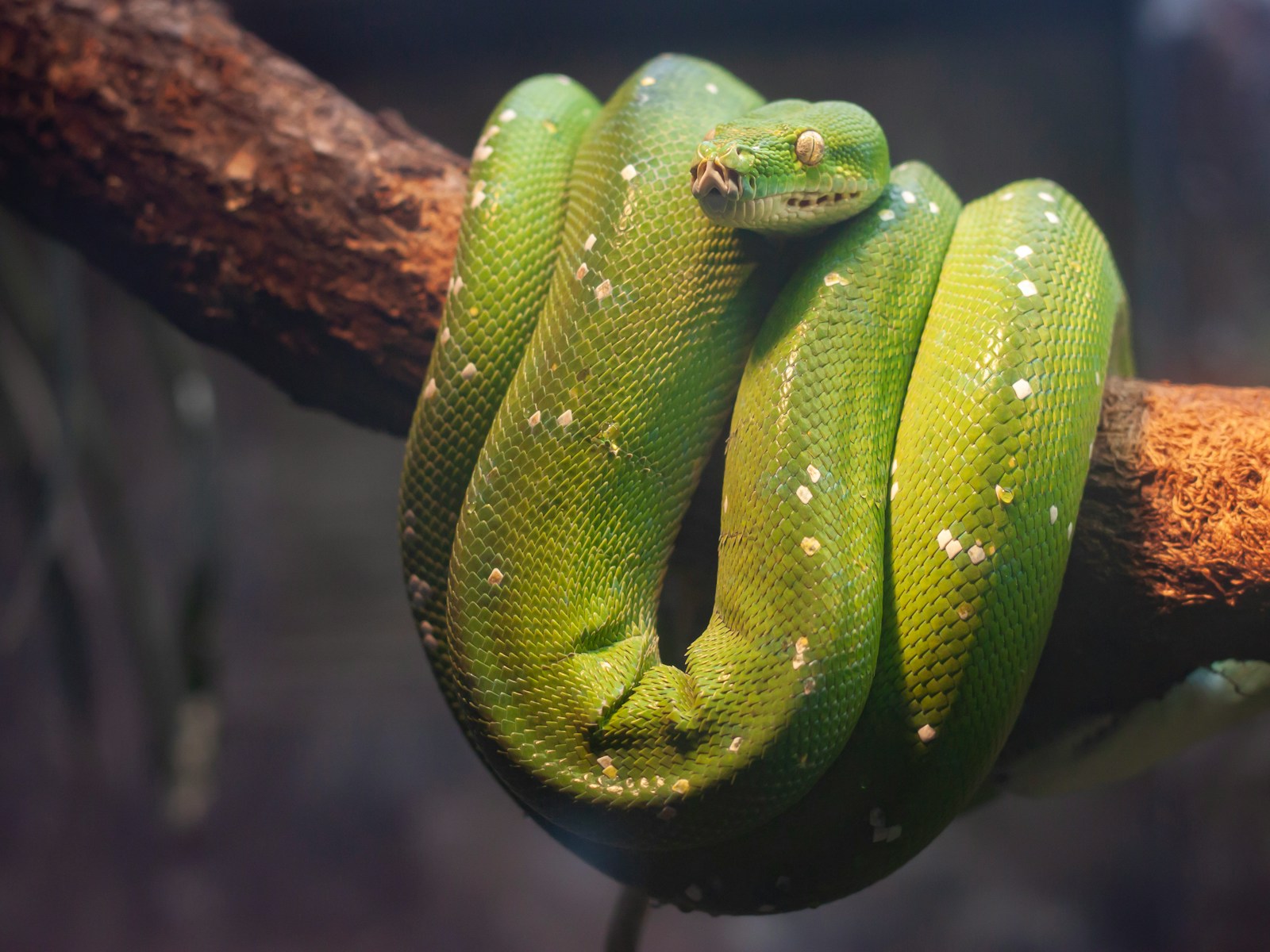
The specialized cooling adaptation of water pythons highlights their vulnerability to habitat changes that might disrupt this critical behavior. Wetland drainage, water diversion projects, and agricultural development threaten the mud-rich environments these snakes depend on for thermoregulation. Climate change presents an additional threat, as rising temperatures may push conditions beyond the limits of what even mud-cooling can mitigate effectively. Research suggests that if average temperatures in northern Australia increase by just a few degrees, water pythons may face significantly longer periods where ambient temperatures exceed their physiological tolerance. Conservation efforts must therefore focus on preserving not just the water pythons themselves but the specific wetland environments that enable their unique cooling strategy.
Indigenous Knowledge of Python Behavior
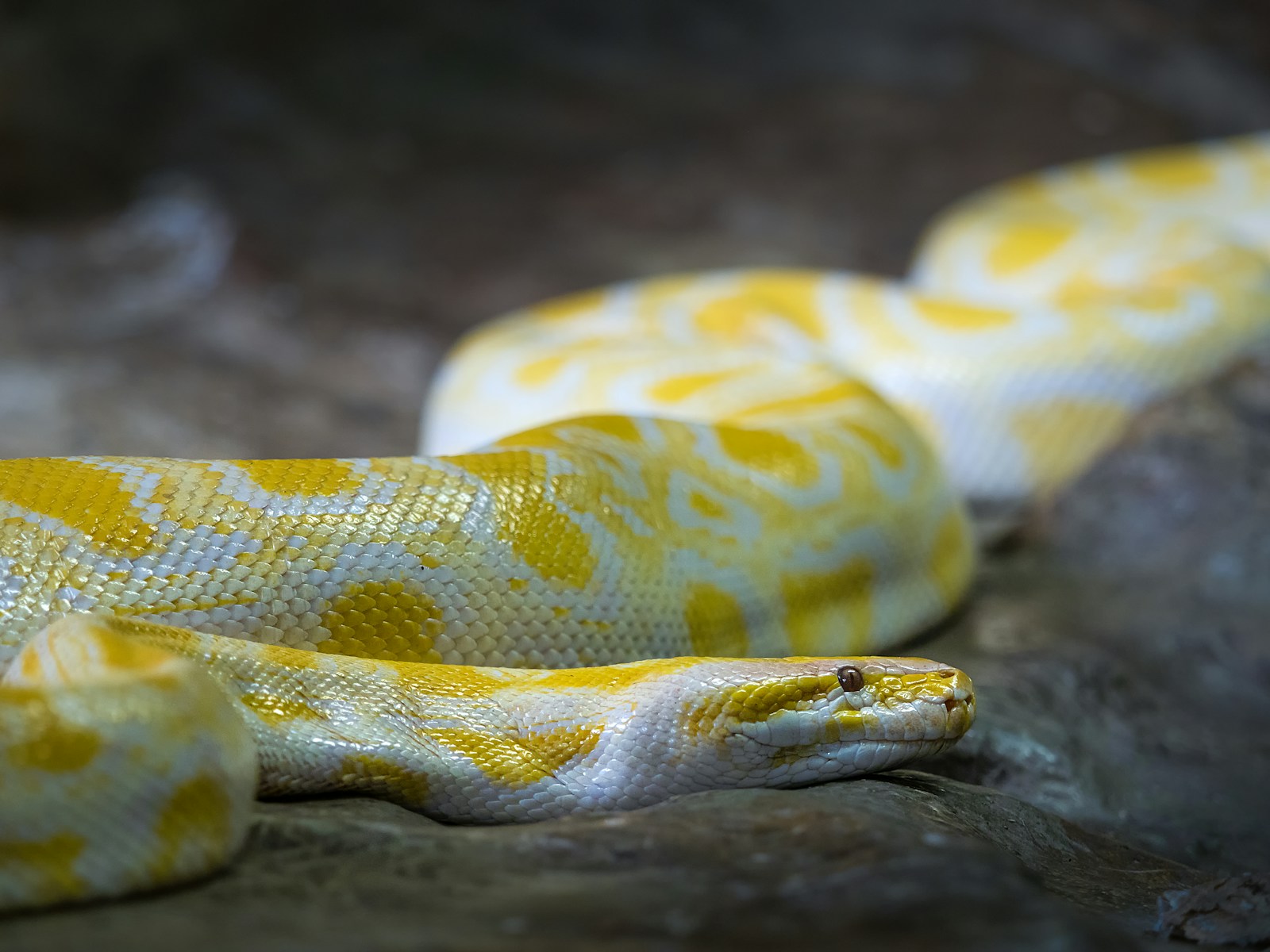
Aboriginal peoples of northern Australia have observed and documented the water python’s mud-bathing behavior for thousands of years, incorporating this knowledge into their cultural understanding of the natural world. In several Aboriginal languages, the water python’s name directly references its mud-bathing behavior, demonstrating the close attention paid to this distinctive trait. Traditional ecological knowledge shared by Aboriginal elders has proven invaluable to scientific researchers studying these snakes, often directing them to specific locations and times where the behavior can be observed. This traditional knowledge also includes detailed observations about how the frequency of mud-bathing serves as an indicator of seasonal changes and environmental conditions, representing a sophisticated understanding of ecological relationships developed over countless generations.
Observing Mud-Bathing in Captivity
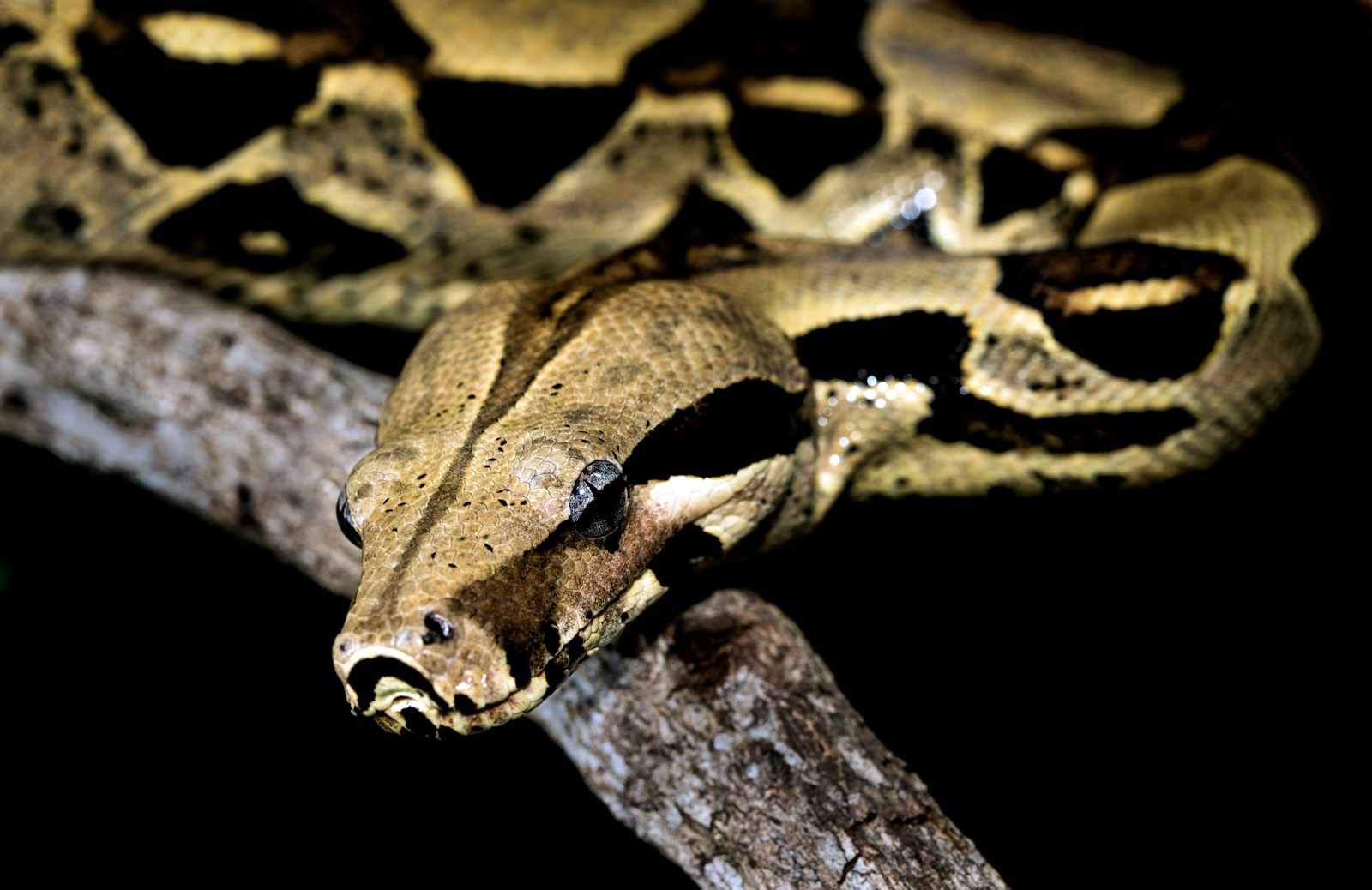
Zoological institutions housing water pythons have made interesting observations about how this behavior translates to captive environments. When provided with appropriate mud substrates and temperature gradients, captive water pythons will engage in mud-bathing behavior similar to their wild counterparts. Zookeepers have noted that the behavior is most pronounced when ambient temperatures in enclosures rise above 90°F (32°C), mirroring the temperature thresholds observed in wild populations. This behavioral consistency in captivity has provided valuable opportunities for close observation and documentation of the mud application process. Interestingly, captive-born pythons with no exposure to wild conditions will instinctively perform this behavior, confirming that mud-bathing is an innate rather than learned response to heat stress.
Future Research Directions

The water python’s remarkable cooling strategy continues to inspire new research questions among herpetologists and evolutionary biologists. Current studies are examining whether different mud compositions (varying in mineral content, particle size, and moisture retention) provide different cooling efficiencies for the snakes. Other researchers are investigating potential physiological adaptations that might complement the behavioral adaptation, such as specialized blood flow patterns that maximize cooling effects of the mud coating. Additionally, comparative studies with related python species that don’t employ mud-bathing might reveal the evolutionary timeline and environmental pressures that led to this unique adaptation. Understanding the precise mechanisms and evolutionary development of this behavior may provide insights applicable to broader questions about how animals adapt to extreme environments and how they might respond to climate change.
The Remarkable Intelligence of Adaptive Behavior
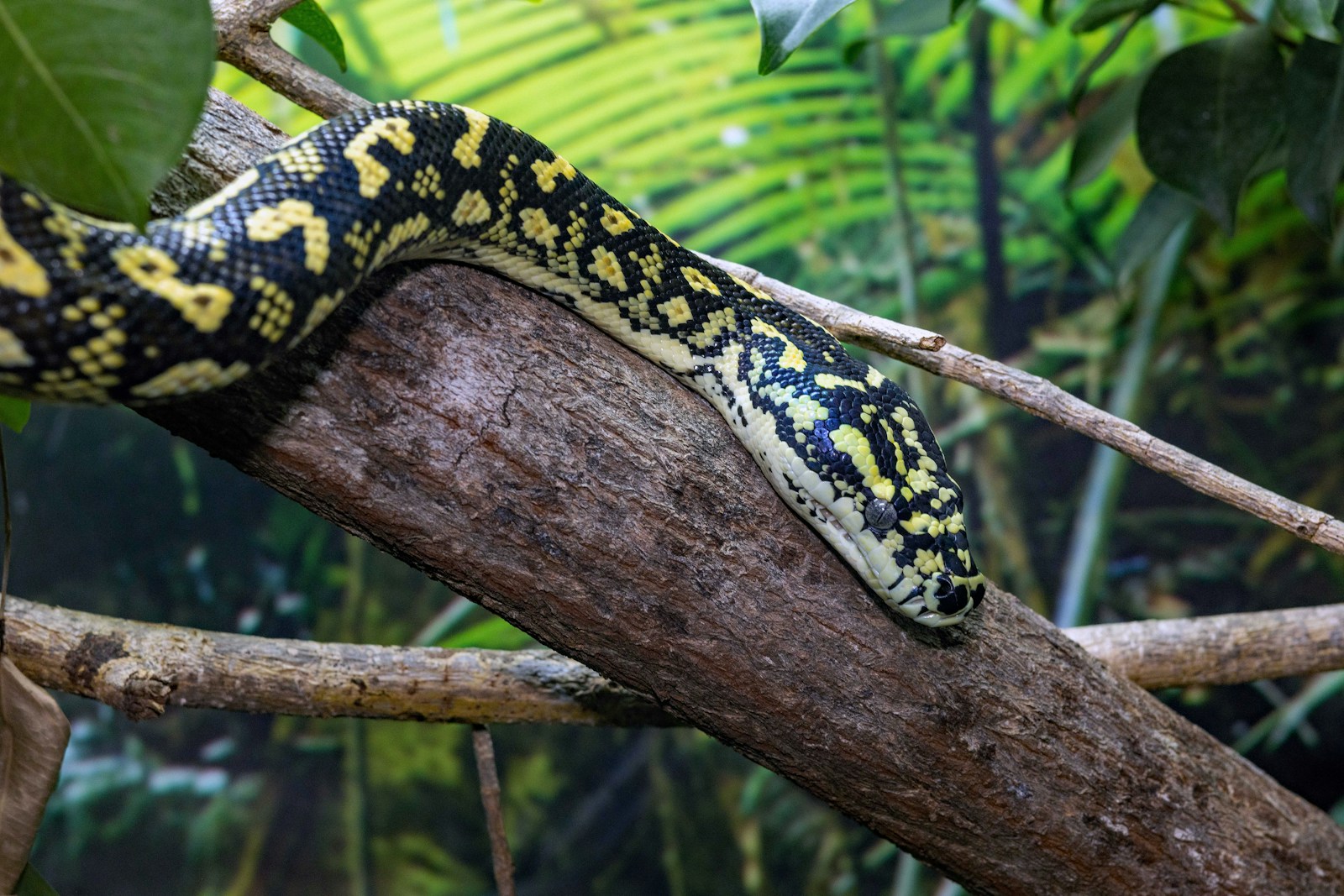
The water python’s mud-cooling behavior represents a sophisticated example of how seemingly simple animals can develop complex solutions to environmental challenges. While we typically associate tool use and environmental manipulation with mammals and birds, the water python demonstrates that reptiles too can evolve remarkable behavioral adaptations that involve manipulating their environment for physiological benefit. This behavior challenges traditional views about reptilian intelligence and adaptability, suggesting greater cognitive complexity than previously recognized. The intentional and consistent application of mud specifically during high-temperature periods indicates a level of environmental awareness and behavioral flexibility that enriches our understanding of reptile cognition. As research continues to reveal the intricacies of this behavior, the water python stands as a testament to the incredible diversity of survival strategies that have evolved in nature.
Conclusion
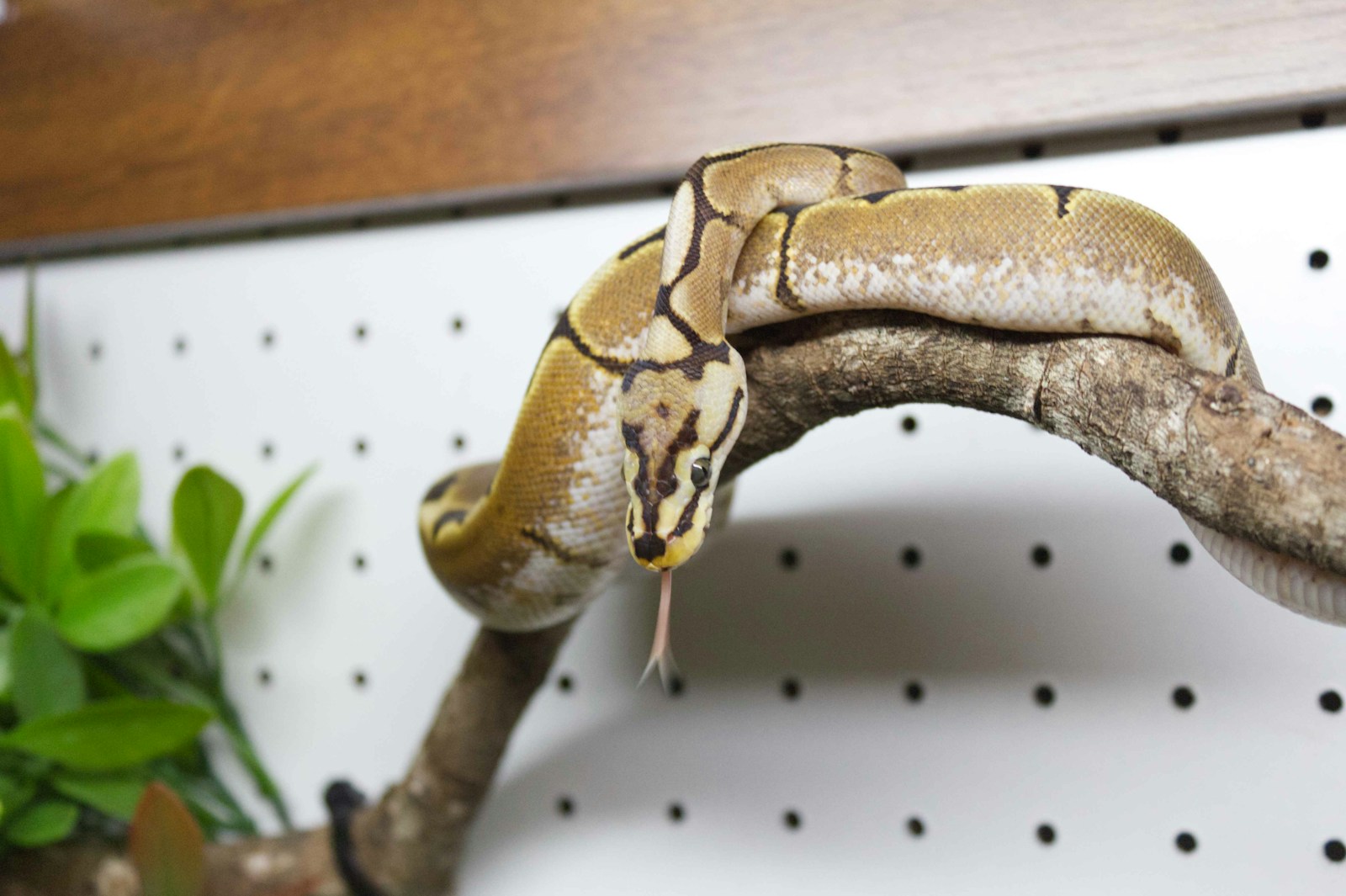
The Australian water python’s mud-cooling strategy represents one of nature’s most fascinating thermoregulatory adaptations. In the punishing heat of northern Australia’s summers, these resourceful reptiles have evolved a behavior that effectively functions as an external cooling system, allowing them to thrive in environments that would otherwise prove lethal. This remarkable behavior not only showcases the water python’s adaptability but also highlights the incredible diversity of solutions that evolution can produce in response to environmental challenges. As climate change continues to alter global temperatures, the study of such specialized cooling mechanisms may provide valuable insights into how species adapt to extreme conditions. The humble water python, with its simple yet effective mud-cooling technique, reminds us that sometimes the most elegant solutions to complex problems can be found in the most unexpected places.

